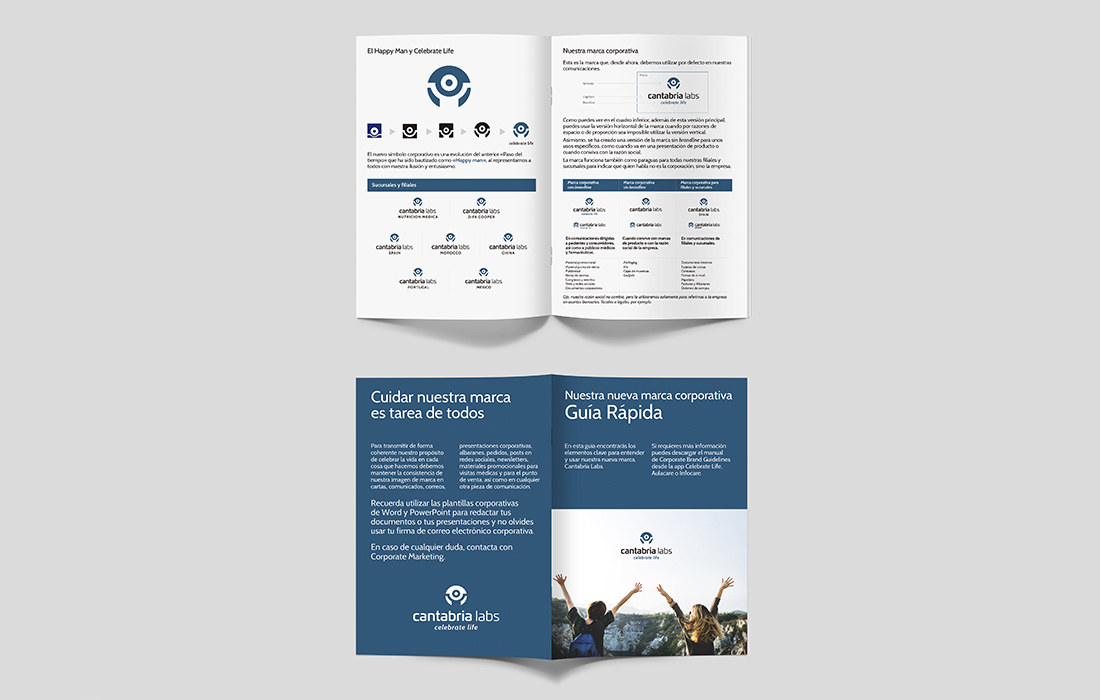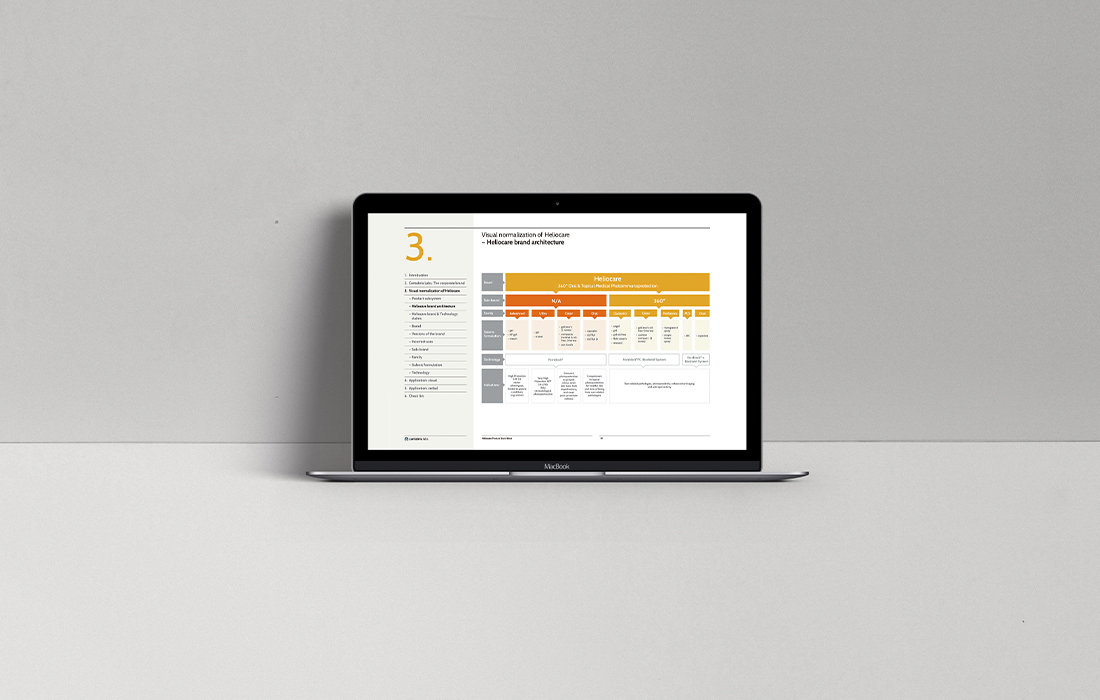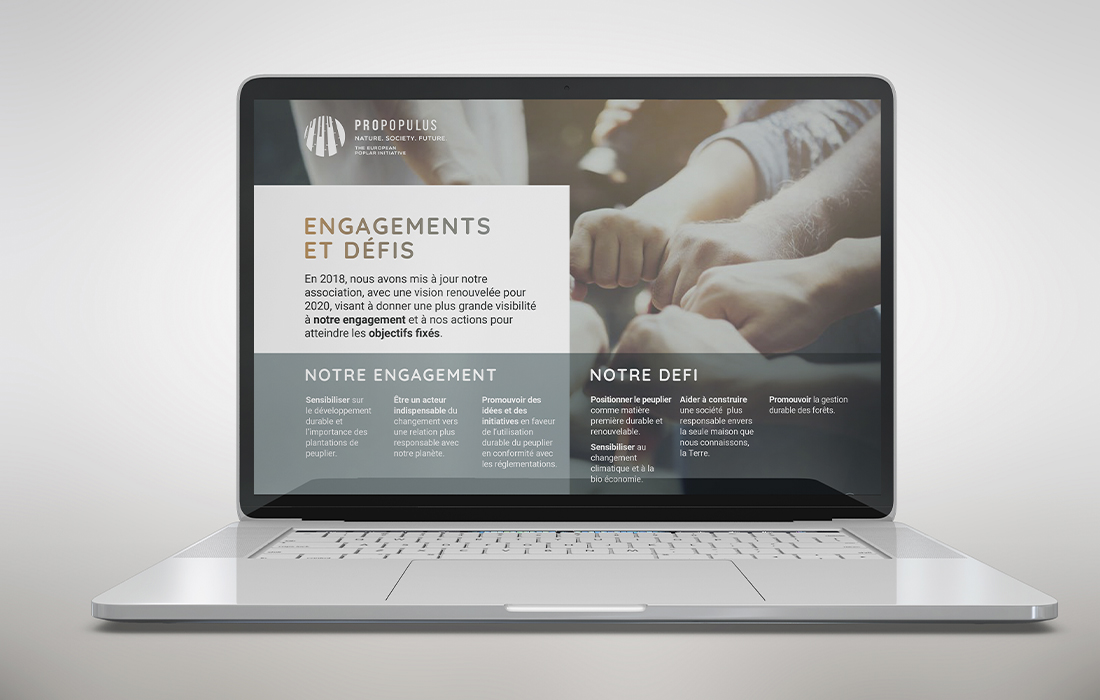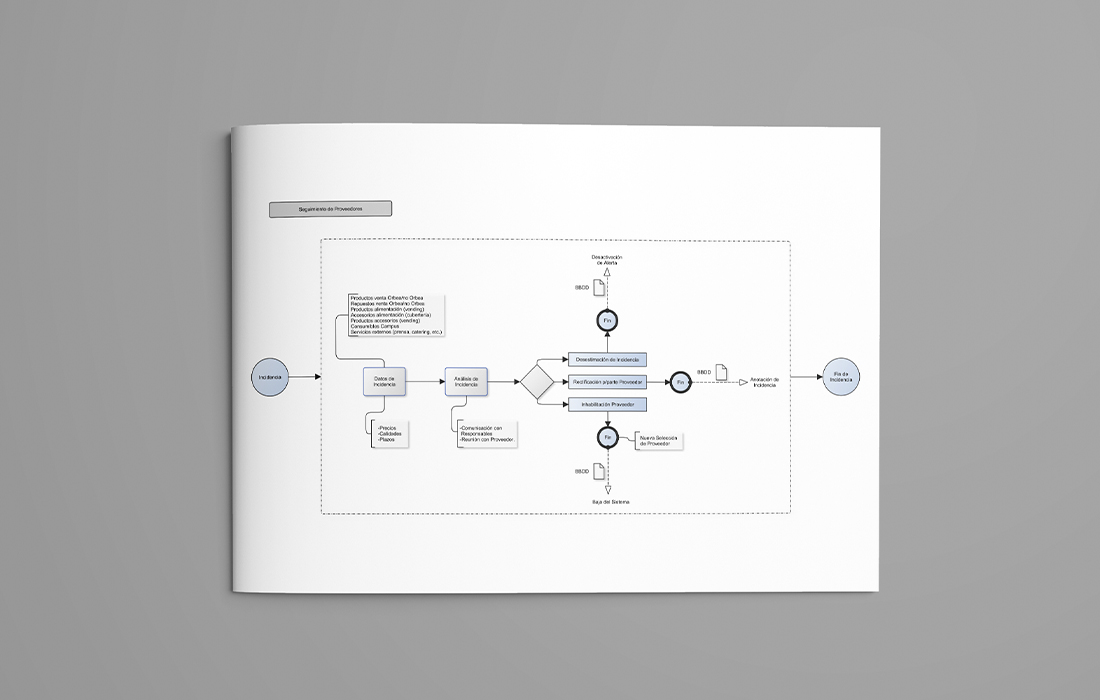
08 Apr Telecommuting, is it here to stay?
Whiplash Team, April 8th, 2020
Telecommuting, is it here to stay?
Although teleworking is not a new formula, in Spain only a miniature percentage of workers do it regularly so far. But in a post coronavirus scenario, some companies may consider incorporating it permanently, which will require, on one hand, investment in technological infrastructure, and on the other, that employees learn to make the most of it.
The confinement measures caused by the COVID-19 crisis have forced a significant percentage of Spaniards to telework. Until now, and according to data from the National Statistics Institute, less than 5% of those employed in our country practiced telework regularly, that is, more than half of the days of the week.
But the coronavirus has abruptly transformed our reality, forcing companies and employees to go to the digital space to stay operational. Those who can, of course, because not all jobs can be done remotely.
In any case, we have gone from zero to one hundred in a few weeks, not only causing strain in the telecommunications infrastructure, but also stress for people, especially for those who are not used to working from home. Even more so when confinement forces all members of the housing unit (families, roommates, etc.) to share this common space 24 hours a day, seven days a week.
While it is true that various studies indicate that telecommuting increases employee productivity (research from Stanford University, for example, indicates that telecommuters are 13% more productive), this occurs when conditions for working remotely are optimal.
Because working from home can be challenging in more ways than one. It not only implies having an Internet connection that supports several people connected at the same time without losing speed or quality but knowing how to manage time and workspace. It also requires understanding the rules of “etiquette” in virtual meetings and knowing how to use the necessary technological tools to carry out our remote tasks efficiently.
There are still a few weeks of confinement ahead and, presumably, the return to normality –a different one from the one we knew– will still take some time to become a reality. It is very likely that, in this new life in which we will land, once the crisis has subsided and the containment measures have been lifted completely, some companies will implement teleworking into their daily operations. To do this, they must make investments in technological infrastructure that shields their security and step up the pace in their digital transformation plans, which also implies a change in the organizational culture.
In this context, it is important for workers to learn to make the most of the opportunities offered by working remotely. Not only in terms of reconciliation and free time –that is, time savings on commuting, for example–, but also increasing productivity.
At BrandSmith we have been teleworking for years. For this reason we want to share some guidelines that have given us very good results over time, so that, if they come in handy, you can implement them during the time that we still have to stay away from the offices:
- Feeling good starts with dressing and grooming. Do not stay in pajamas and slippers. Looking good helps your self-esteem and improves your ability to focus. Showering, dressing and changing rooms psychologically places you in another activity dividing the personal from the professional.
- Find a bright workspace and keep it tidy. Physical space reflects the mental state. Light is essential and it is important that your workplace has good lighting.
- Use a comfortable chair and if possible ergonomic. Pay attention to posture and take breaks from time to time, sitting for many hours in a row can take toll on your health.
- No one is going to plan your tasks. You must plan your day and set your daily goals to be effective. Tackle projects in blocks of continuous hours, prioritizing the tasks that add most value.
- Establish a work schedule. It is important that you set limits and maintain a certain discipline in the schedules. Not by sitting 14 hours in front of the computer you will increase your productivity.
- Take advantage of technology. Use the tools at your disposal to communicate with your colleagues and to plan yourself.
- Establish work protocols. It is important to maintain team dynamics such as daily or weekly meetings as needed, not only so as not to lose contact, but also to maintain fluency in achieving the objectives.
- During video calls avoid sending private chat messages. This distracts your attention and that of your colleagues. Some programs do not keep the chat private and all meeting attendees can see your messages.
- Focus on what you are doing. Avoid distractions during work hours and create concentration bubbles during which you don’t listen to messages, emails, calls or chats.
- Give time to yourself and dedicate it to your people. If you set specific hours to work, once the day is over you can dedicate quality time to those who share space with you, your family, your roommates, your partner.

























